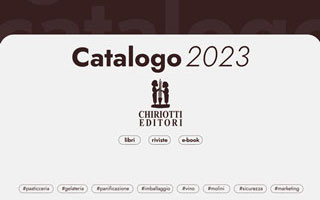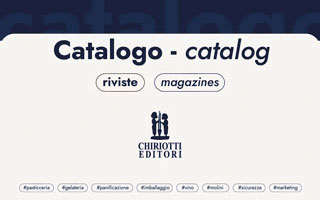
Why measuring colour for flour?
Flour is one of the most commonly used food ingredients for many different foods, from bread / biscuits to noodles / pastas. By monitoring colour, manufacturers can detect any changes in the quality of the flour due to variations in the production process, storage conditions, or other factors. This ensures that their products have a consistent appearance and quality that meets customers’ expectations.
When detecting a colour difference, manufacturers can identify any process parameters that are affecting the colour and the quality of the flour, thus, making the right adjustments to optimize their process and improve efficiency.
Colour can be measured either visually, which is subjective as colour perception differs depending on the person. Or with a measuring instrument using the CIELAB colour space for precise and consistent colour evaluation.
The colour of flour can be evaluated by measuring its brightness and yellowness attributes. Translated to the CIELAB colour space:
– The L* coordinate is a measure of lightness, with 0 being black and 100 representing white. Brightness is affected by the bran content and milling process.
– The b* coordinate represents the blue to yellow colour range, and a positive b* value indicates yellowness, which is related to the carotenoid pigments of wheat.
How to measure flour colour with a measuring device?
Spectrophotometers and/or colorimeters are commonly used for measuring flour colour. These devices measure the amount of light absorbed or reflected by the flour at different wavelengths. The resulting data can be used to calculate the CIELAB colour values.
What is needed for accurate and reliable flour colour measurement
1. Preparation: a calibrated device, representative flour samples, and colour measurement parameters according to standards previously established to achieve the desired consistency;
2. Sample handling: avoiding contamination or alteration of the sample’s colour properties;
3. Sample placement: a measurement cell or holder provided with the measuring device, and an evenly and uniformly spread sample in the cell;
4. Instrument Setup: selecting the appropriate CIEBLAB colour space, measurement mode (reflectance or transmission);
5. Repeatability: measurement procedures like the preparation and presentation of flour samples should be consistent across all measurements (e.g., same sample size, container, pressure applied, etc.);
6. Analysis and Interpretation: comparison of the colour values against reference standards, specifications, or desired colour targets to assess the quality of suitability of the flour samples.
Konica Minolta CR-400/410 Colorimeter or Spectrophotometer CR-5 / CM-5 (used in laboratory environment), are essential when measuring the whiteness of flour. The Konica Minolta CR-400 and CR-410 chromometers meet the ISO-16624:2020 standard for determining the colour of soft wheat flour and durum wheat meal.
For more information: https://www.konicaminolta.eu/eu-en/solutions/measuring-instruments-en/food-ingredients/powdered-and-grain-food









